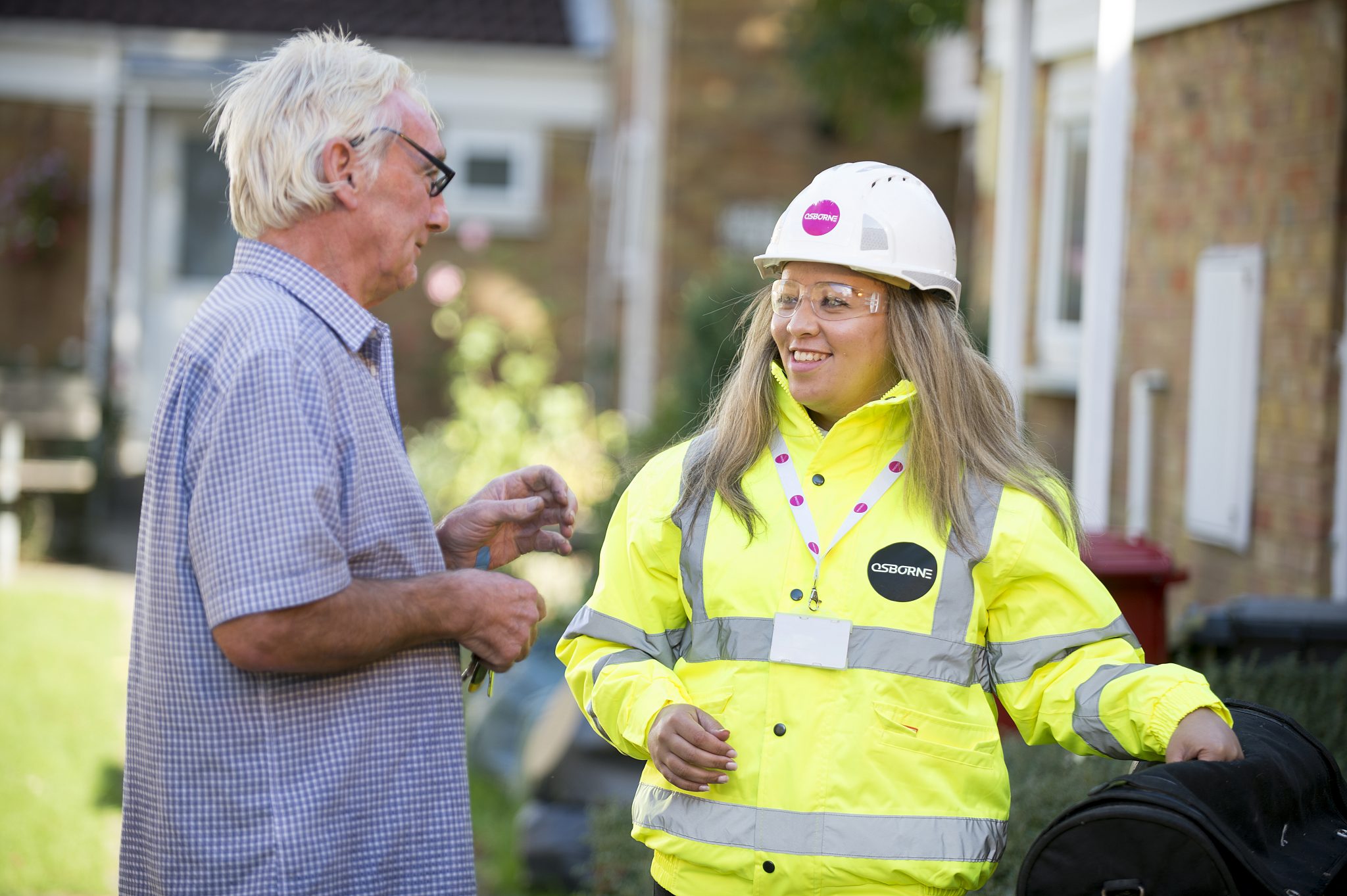Data And KPIs For Social Housing – A Question Of Balance
Is the problem not enough data, not enough of the right data, or too much data to make any sense of? If you want to make better use of data to improve the management of social housing stock it’s important to know where you currently stand.
Often, there are elements of all three scenarios. You might, for example, have plenty of data about resident satisfaction and interactions with the repair and maintenance service, but significant gaps in your understanding of the stock condition.
Stock Condition Data
Comprehensive stock condition data is the bedrock of well-planned property services. Without it how do you prove compliance with regulations and codes of practice? How would you even know what checks you should be performing in which properties?
Accurate stock condition data is the enabler of planned and preventive maintenance, which is one of the most effective ways to deliver long-term cost savings. Osborne’s in-house developed IT systems for property services can easily capture data such as handover dates, type of property and build type, number of rooms, and make and model of appliances.
This data can then be used to activate workflows, surveys or to enable reporting and trend analysis. But, with the number of data points each individual home can generate, you can easily end up in the situation of having too much data to make sense of.
Filtering Data Makes It Usable
At a recent Social Housing round table, a housing association CFO recognised the problem: “We’re not always good at analysing what the data is telling us, whether it’s about a customer or suppliers or the key contractors’ reviews, but the more intelligence we get about the data we hold, the better”.
Osborne’s property services IT systems filter data into user-specific dashboards so that each person can focus on information that helps them make better decisions. The software tools also enable users to perform detailed trend analysis and drill down to understand performance variations and potential issues.
Powerful ‘out of the box’ analytics can be performed on the data without any need for integrations or technical data analysers to write reports. This is a key feature in turning data into intelligence.
Repair and Maintenance KPIs for Social Housing
Each partnership is different, with its own challenges and unique needs from resident customers. KPIs need to reflect this.
A critical objective during mobilisation is to identify the KPIs that will show what impact we’re making. It’s about measuring what matters, rather than what’s most convenient. The KPIs for each partnership and the data needs of different stakeholders are considered carefully so that business intelligence improves from day one.
The Internet of Things
Data management needs for social housing providers will only increase as the internet of things and remote monitoring become more commonplace. This reality adds urgency to the task of refining data collection and organising it into usable intelligence.
Further demands are already coming from the need to plan for a net zero carbon future. Now is definitely the time to find the ideal balance between data collection and data application.
Find out more about Osborne’s unique approach to property services for social housing by visiting our resource centre.
For more information, contact Jo Fletcher ([email protected]).

